Smile Gallery
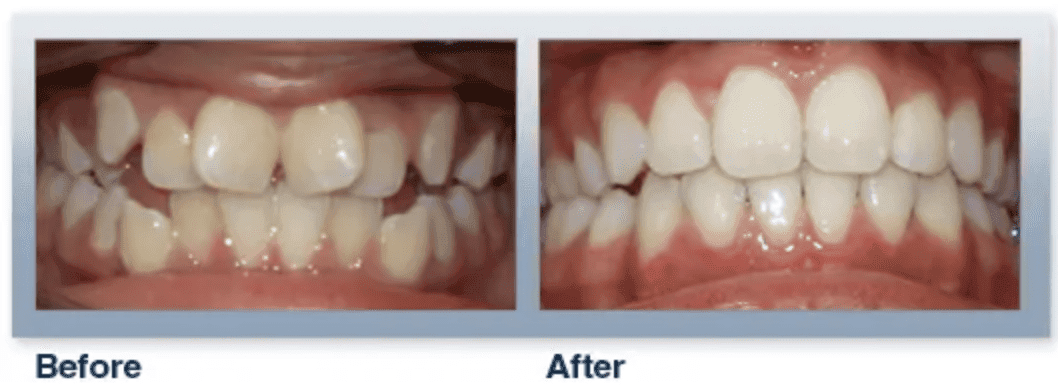
Often used as a general term for “bad bite”, it actually refers to the excessive overlap of the top teeth over the bottom. If allowed to persist it can lead to harmful trauma of the gums behind the top front teeth as well a disruption of the proper integration of top and bottom teeth with each other – an important determing factor of the long term health and function of the teeth and supporting structures.
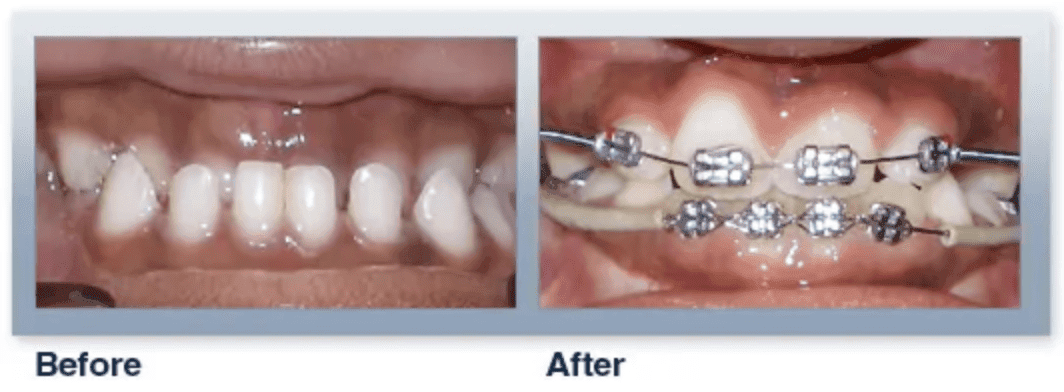
A condition whereby the lower teeth extend out from underneath the upper teeth. If mild, orthodontics alone may be able to correct the condition.
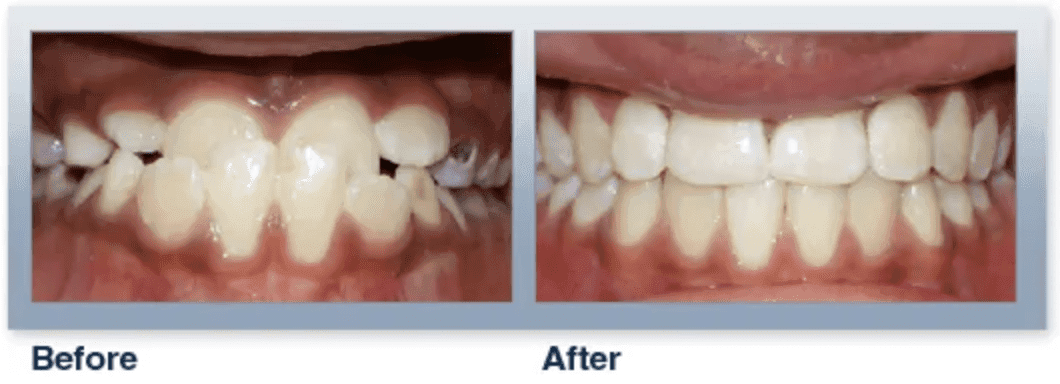
A condition of varying degrees, from single teeth, entire sides, or entire arches whereby the lower teeth fall to the outside of the uppers. Some crossbites are the result of shifts of the jaw to one side or can be due to a discrepancy in the size of the jaws, or simply a disturbance in individual eruption of a tooth or teeth. Crossbites are among those orthodontic conditions best treated at an early age so that jaw growth is not disrupted and can continue in a harmonious fashion.
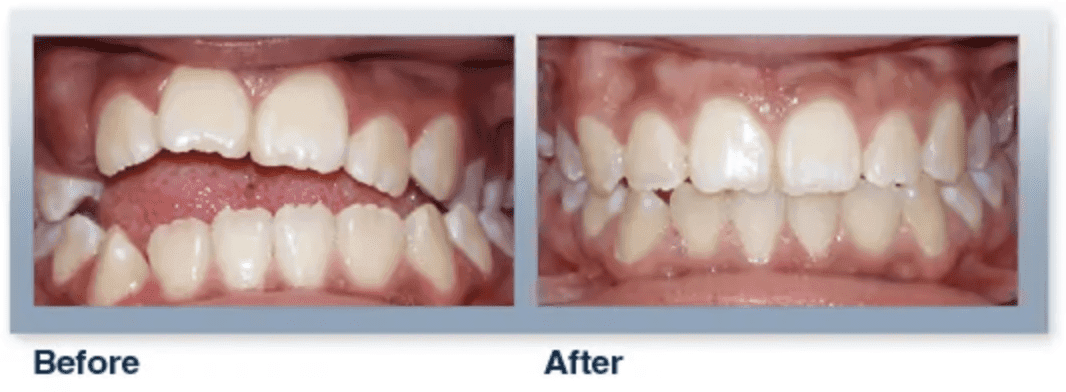
A condition that is often seen as the result of a persistent habit such as finger or thumb sucking and/or tongue thrusting or they can be truly skeletal in nature. Again, the sooner these conditions are treated and the habits discontinued, the more effective and easier the resolution.
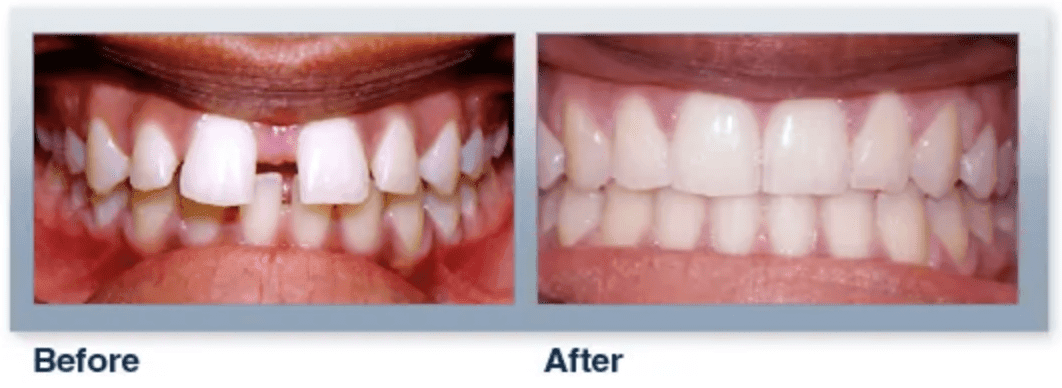
A condition whereby there is either not enough room or too much room to accommodate all of the teeth within the jaws. If possible, crowding is best treated when there is a mix of baby and permanent teeth so that growth can be used to one’s advantage to possibly create or regain space within the arches.
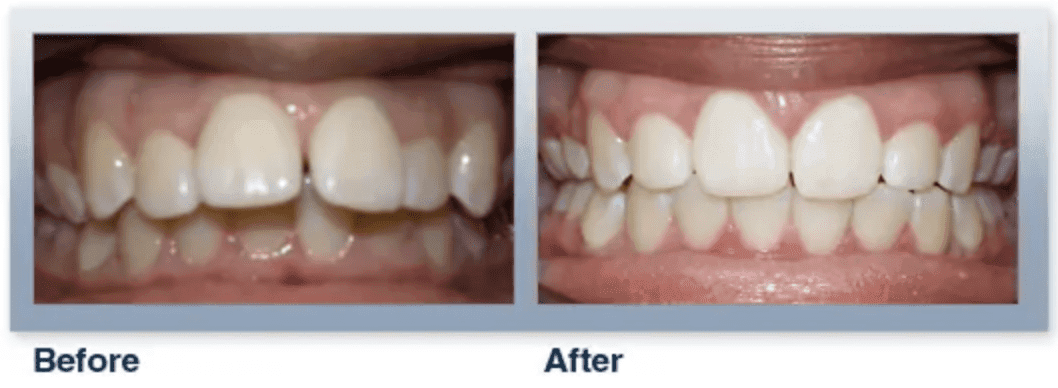
The relationship between top and bottom teeth whereby the top teeth stick out much farther than the bottom and appear flared. Sometimes this condition does not allow the patient to close his/her lips adequately, and there is a high frequency of injury to the top front teeth in these cases.
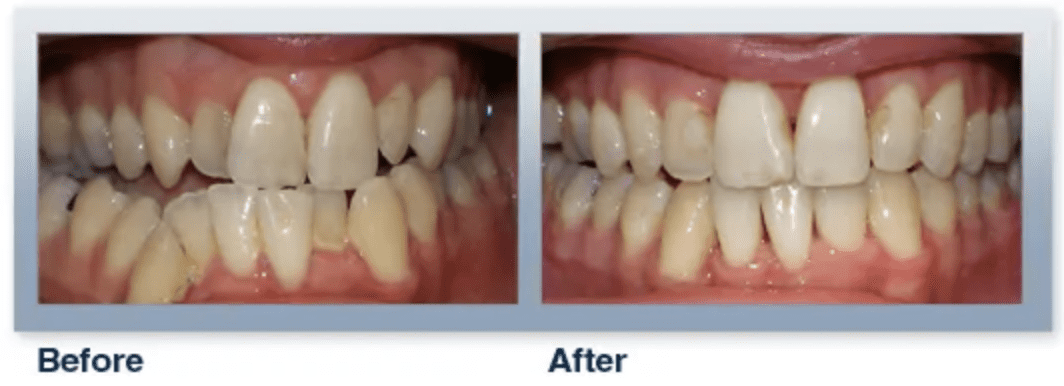
Again, a condition whereby the size of the teeth does not match up with the size of the jaws, often resulting in crowding of varying degrees, excessive spacing, or improper relationships of the jaws to one another.
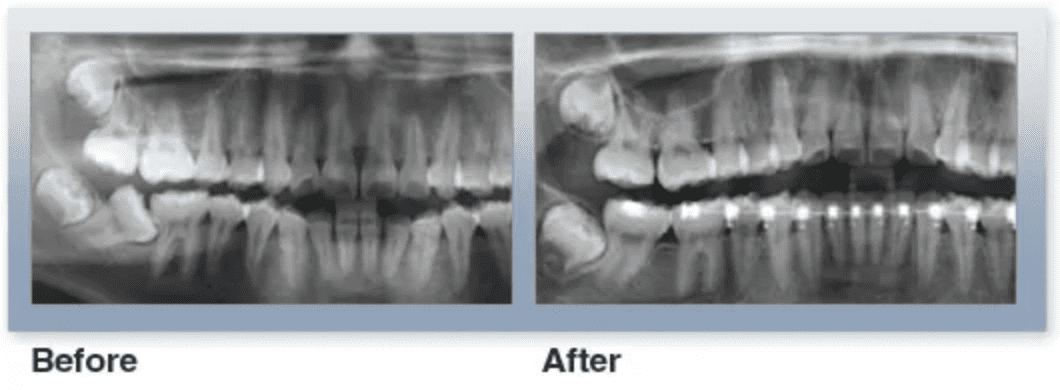
Often caused by disturbances in the sequence of the loss or eruption of teeth, unerupted teeth can cause a host of problems including their impaction, the development of cysts, or damage to adjacent teeth. As soon as such conditions are detected, steps should be taken to remove or resolve the underlying cause, and treatment instituted to insure the proper guidance of these teeth into the mouth.
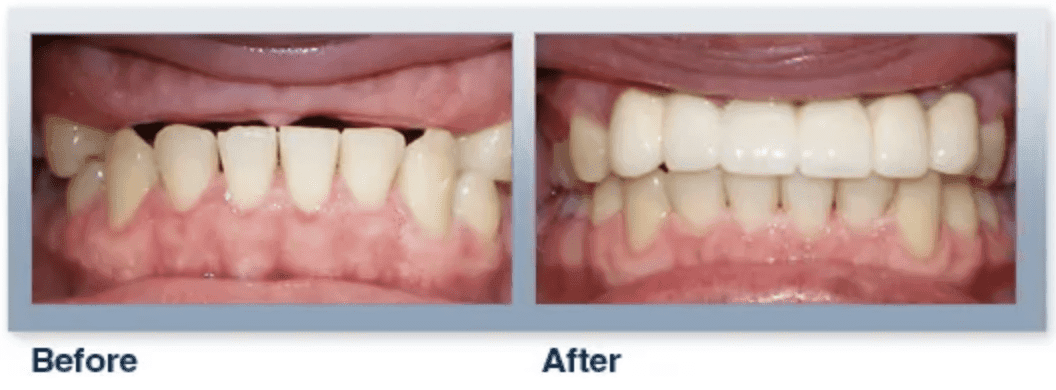
Orthodontics often occurs in conjunction with other dental work, in particular the restoration or replacement of lost or missing teeth. Since teeth are never static, it often becomes necessary to first move adjacent, supporting, or opposing teeth around an area of future dental work to insure the best possible result.